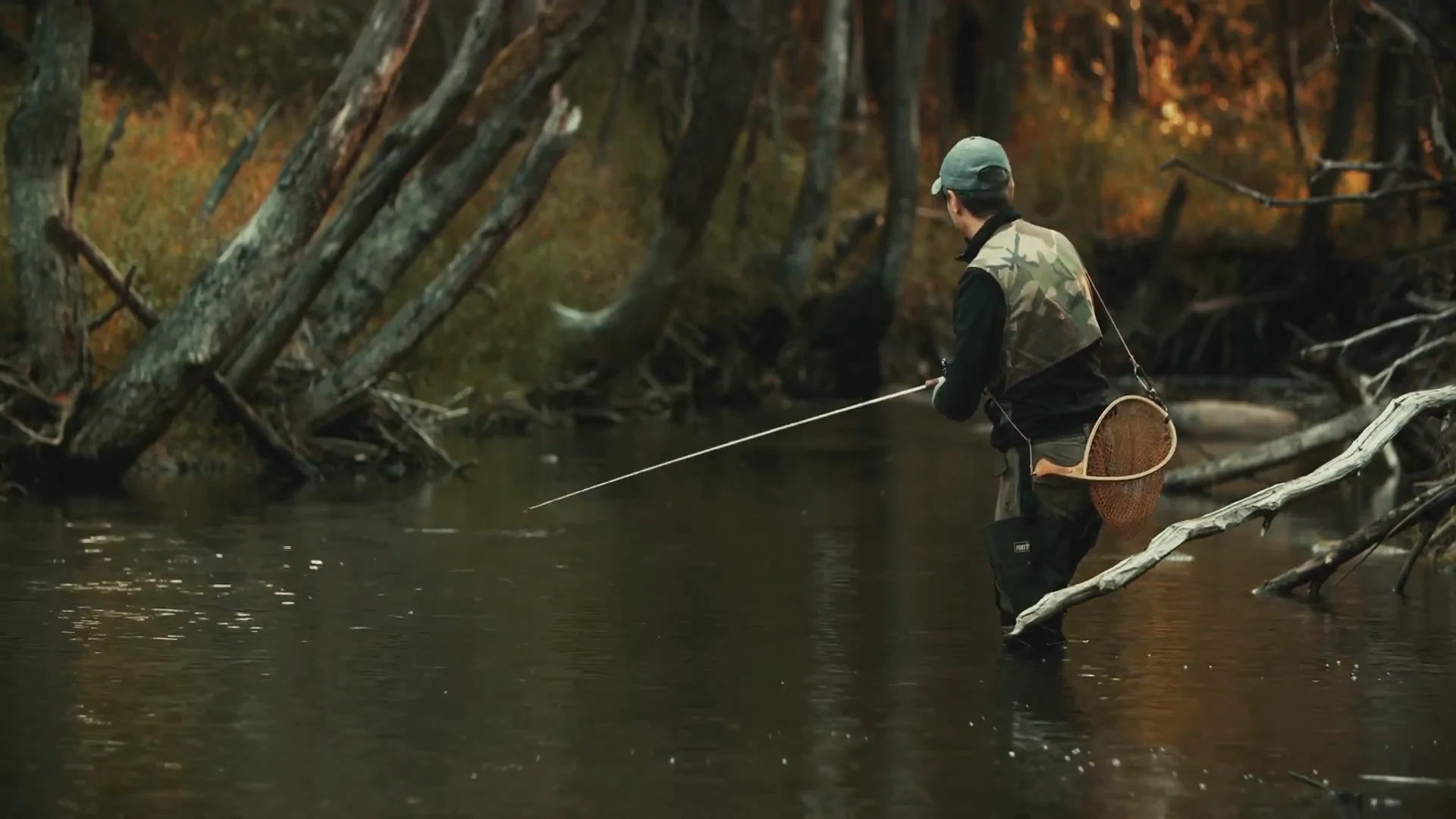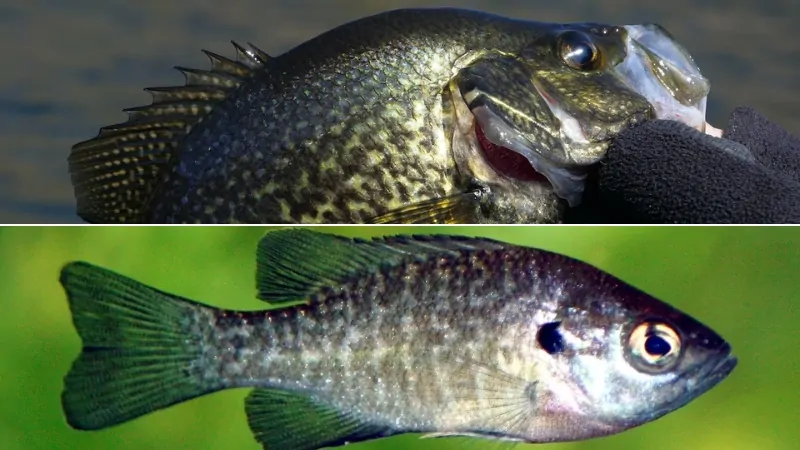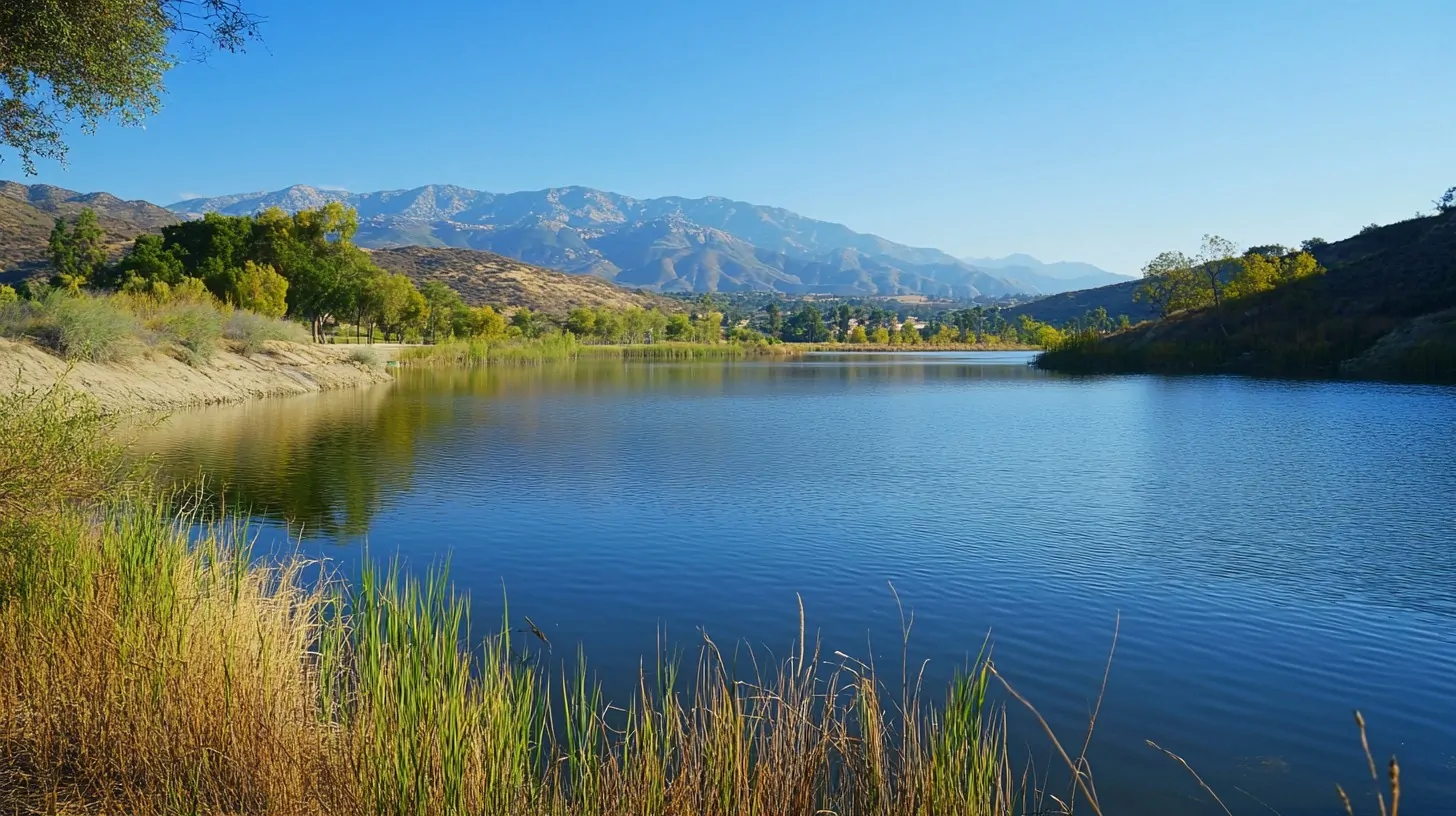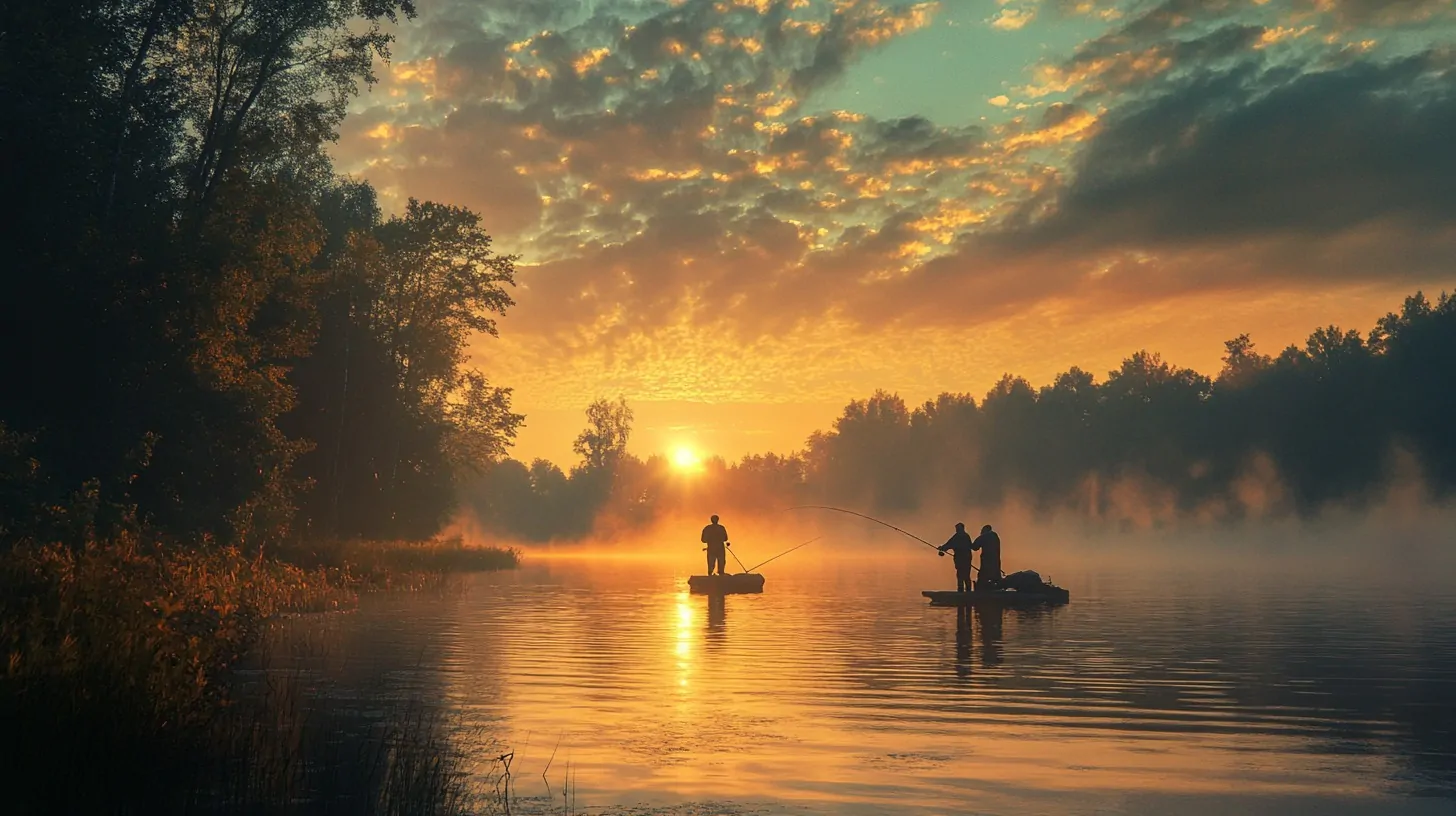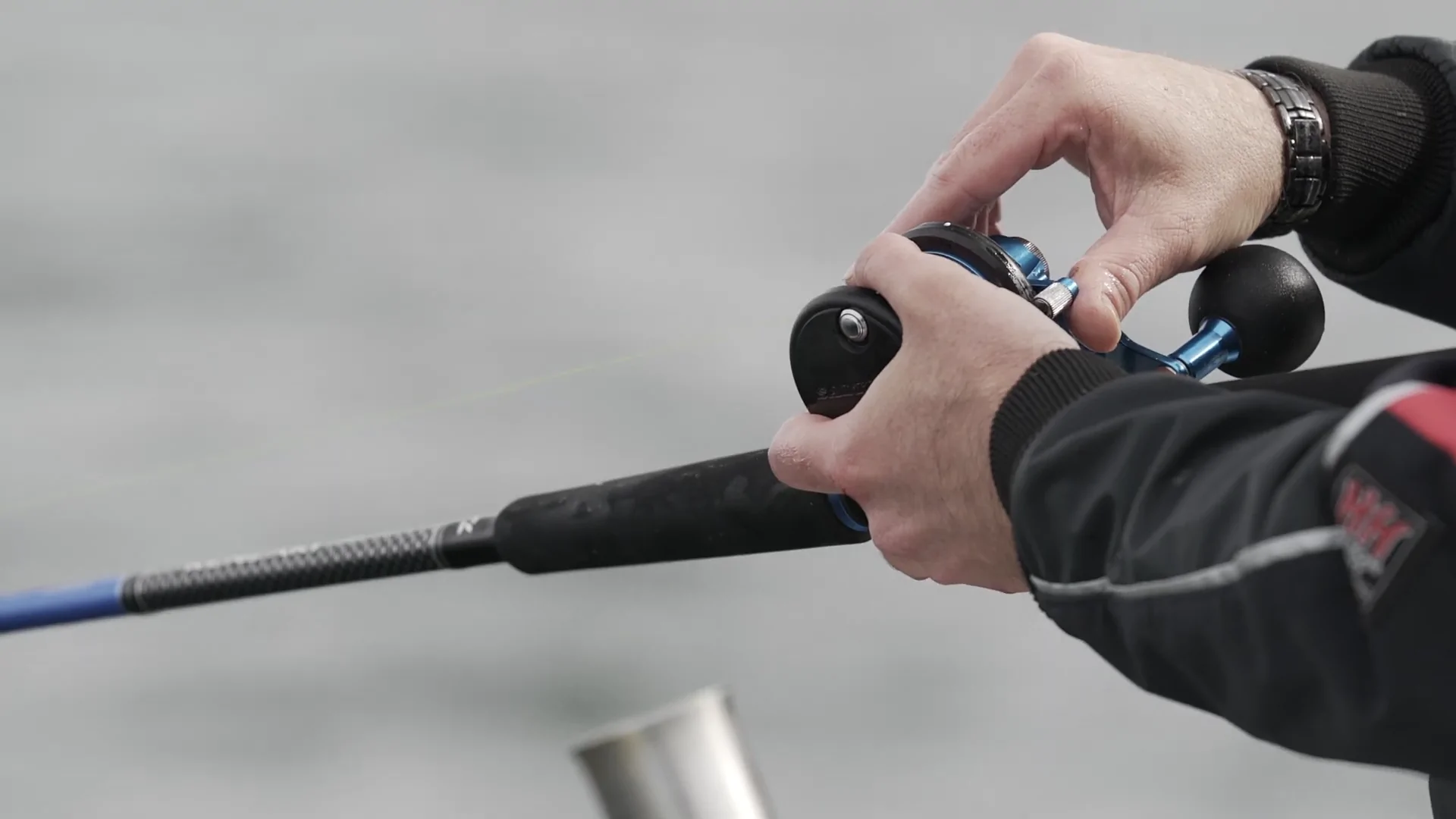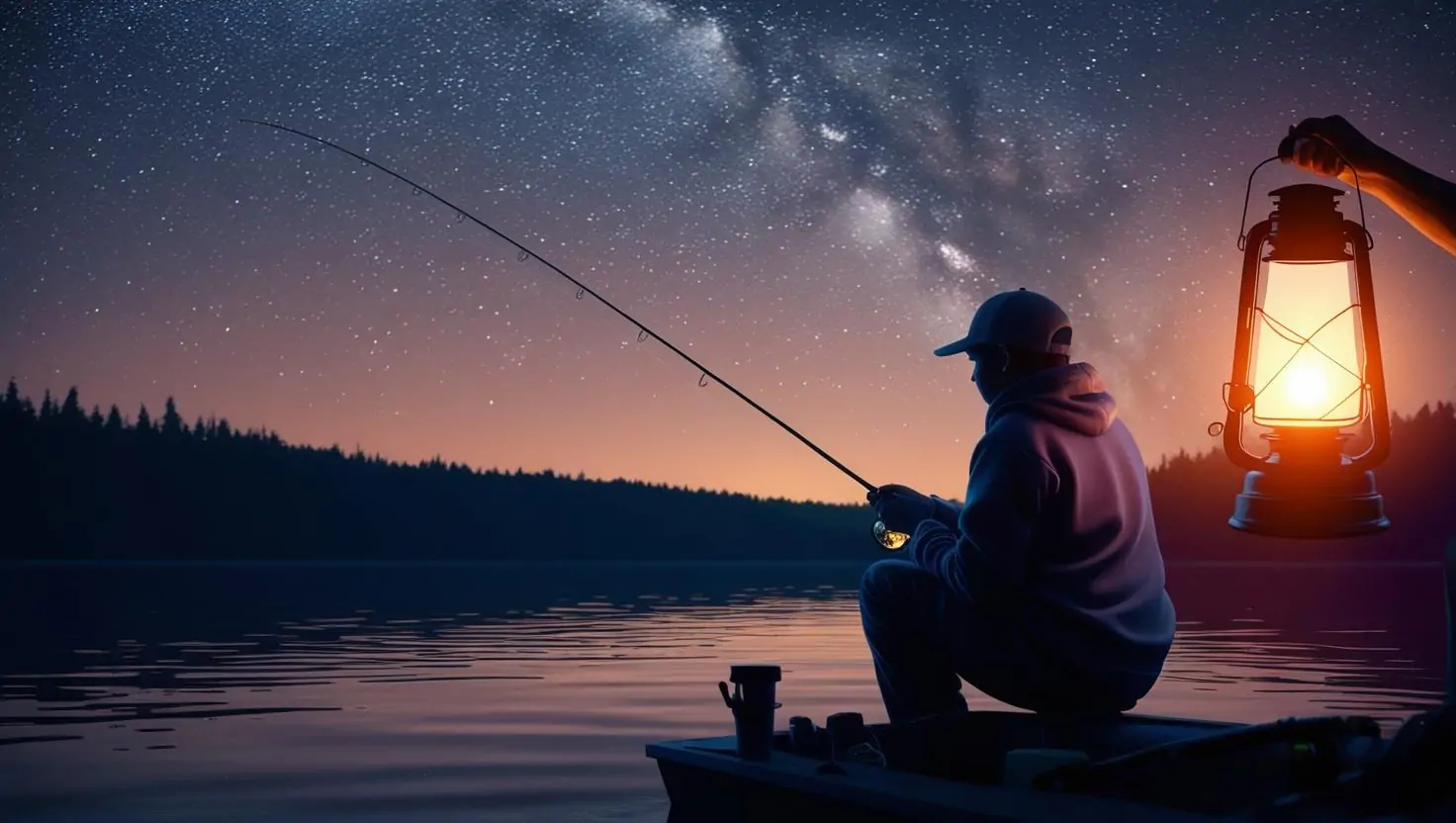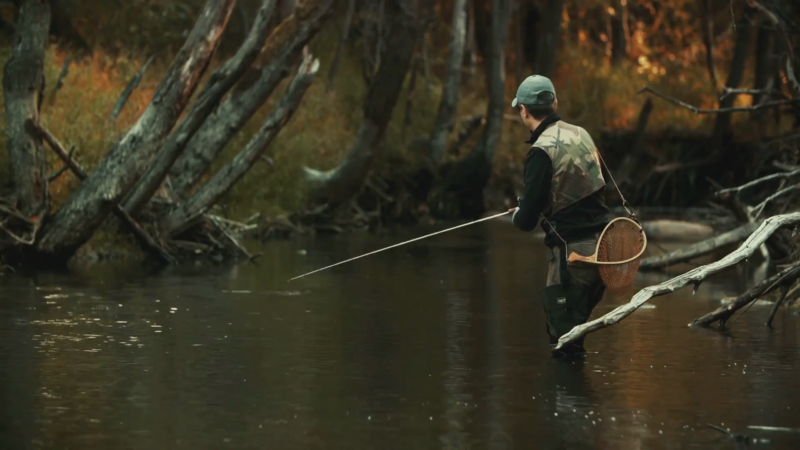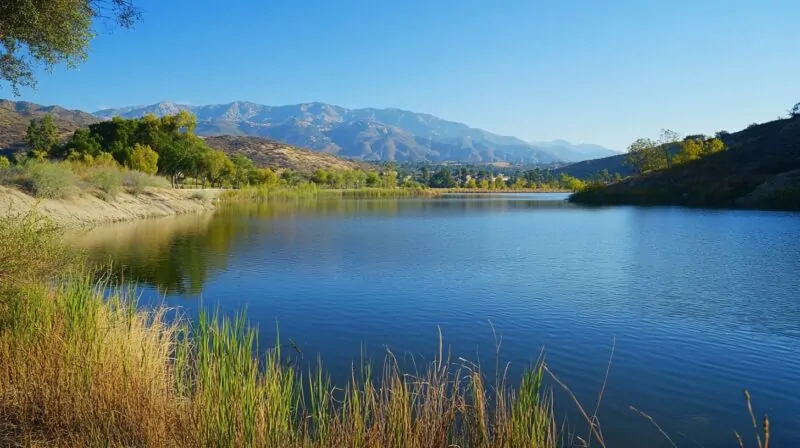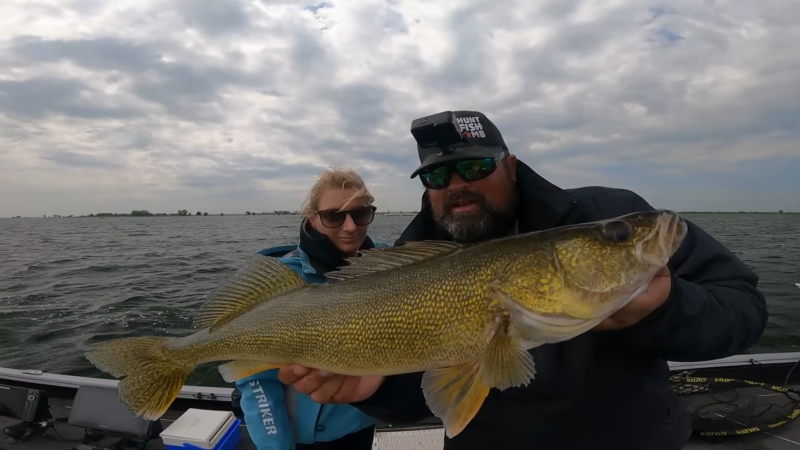
Share Post:
Shabbona Lake, located just an hour outside Chicago, is a prime destination for anglers in Northern Illinois. Known for its diverse fish population, it offers an array of species that cater to different fishing preferences. Walk along its shore on a sunny afternoon, and you’re sure to see friends and families spending quality time together reeling in the day’s catch.
This special place nurtures a rich diversity of fish species that are beloved by all: from grandfathers passing on tackle tips to grandchildren, to neighbors swapping fish tales at the local bait shop. Its tranquil waters have soothed the soul of many an angler seeking solace beneath its sycamore trees. Our guide will introduce you to the lake’s beloved denizens – from plucky panfish to bunkers that have spent lifetimes swimming free.
We’ll share regulation details to help protect these special communities, as well as local favorites for preparing your catch. With its fertile depths and extensive shoreline brimming with activity, Shabbona truly brings people together through the shared joy of fishing.
Table of Contents
Toggle10. Bluegill
Bluegill at Shabbona Lake is rated as very good. The lake’s population of bluegill grows quickly, with fish reaching 5 inches (ca. 13 cm) in just two years.
Bluegills are commonly found around docks and weed beds, especially during their spawning period in early summer. For anglers, using small jigs and worms proves effective. These fish are a delight to catch due to their abundance and size.
- Regulation: 10 fish daily limit, no minimum length limit.
- Interesting Fact: Bluegill can grow up to 8 inches (0.2 m) and is often caught during ice fishing.
- Culinary Suggestion: Pan-fried bluegill is a simple and delicious way to enjoy this fish. Coat the fillets in seasoned flour and fry them until golden brown.
NOTE: Shore fishing has been a challenge from time to time, so bring a boat or rent one for better results. Also, you bait shop around.
9. Channel Catfish
Channel catfish fishing at Shabbona Lake is excellent. These fish grow rapidly, with many exceeding 15 inches (0.38 m), so you need to have special techniques to catch them.
They are plentiful and can be caught easily using the top 7 baits (some of them are nightcrawlers, shrimp, or chicken livers). The best times for catfish fishing are during the spring and summer months, especially along weed lines and standing timber.
- Regulation: 6 fish daily creel limit, no minimum length limit.
- Interesting Fact: Channel catfish over 10 pounds are commonly found in the lake.
- Culinary Suggestion: Channel catfish make an excellent base for a hearty catfish stew, combining vegetables and spices for a rich, flavorful dish.
8. Crappie
Shabbona Lake hosts both black and white crappie, with black crappie being more prevalent. The crappie population is robust, showing impressive growth rates, often reaching over 8 inches in two years.
Crappies thrive in deep timber areas and transition to shallower waters as temperatures rise.
- Regulation: 10 fish daily creel limit, no minimum length limit.
- Interesting Fact: Crappies at Shabbona Lake are known for their rapid growth and excellent size distribution.
- Culinary Suggestion: Baked crappie with lemon and herbs is a healthy and flavorful dish, enhancing the delicate taste of the fish.
7. Hybrid Striped Bass (Wipers)
Hybrid striped bass, or wipers, are a popular catch at Shabbona Lake. These fish average 22 to 26 inches in size. They are typically found in open water, feeding on shad. Anglers often catch wipers using lures like Rapala Shad Raps and Zara Spooks.
- Regulation: 3 fish daily creel limit, 17-inch minimum length limit.
- Interesting Fact: Hybrid striped bass are stocked annually and are known for their robust size and strength.
- Culinary Suggestion: Grilled hybrid striped bass with a side of grilled vegetables makes for a nutritious and delicious meal.
6. Largemouth Bass
The largemouth bass population at Shabbona Lake is impressive, with surveys showing a significant number of fish. These bass grow well, reaching legal size in under four years. The lake offers various habitats conducive to bass fishing, from shallow bays to deep timber areas.
- Regulation: 1 fish daily limit; 14-inch minimum length limit.
- Interesting Fact: The lake’s largemouth bass population is self-sustaining, with occasional stocking to maintain healthy numbers.
- Culinary Suggestion: Blackened largemouth bass served with rice and beans is a flavorful dish that highlights the fish’s natural taste.
5. Muskellunge
Shabbona Lake is renowned for its muskie population. Known as the fish of 10,000 casts, muskies here can grow to impressive sizes, with some nearing 50 inches. The best spots for muskellunge include East Bay and the flooded timber areas.
- Regulation: 1 fish daily limit; 48-inch minimum length limit.
- Interesting Fact: Shabbona Lake muskies have produced multiple former state records, showcasing the lake’s potential for trophy catches.
- Culinary Suggestion: Muskellunge is best enjoyed smoked, which enhances its natural flavors and provides a delightful texture.
4. Walleye
Walleye fishing at Shabbona Lake is very good, with healthy populations and impressive sizes. These fish thrive in the lake’s deep and shallow covers. Live bait, such as minnows, is particularly effective for catching walleye.
- Regulation: 6 fish daily creel limit; 18-inch minimum length limit.
- Interesting Fact: Walleye over 25 inches are common, with the lake producing some potential state record sizes.
- Culinary Suggestion: Pan-seared walleye with a lemon butter sauce is a classic dish that highlights the fish’s delicate flavor.
3. Redear Sunfish
Redear sunfish, also known as shellcrackers, are another popular species at Shabbona Lake. They are known for their larger size compared to bluegill and their habit of feeding on snails and other shelled organisms.
Redear sunfish can be found in the same areas as bluegill, such as docks and weed beds.
- Regulation: 10 fish daily limit, no minimum length limit.
- Interesting Fact: Redear sunfish are named for the red edges on their gill covers and can grow up to 12 inches.
- Culinary Suggestion: Grilled redear sunfish with garlic butter is a delicious way to enjoy their firm, white meat.
2. Rock Bass
Rock bass are abundant in Shabbona Lake, thriving in rocky areas and along the shorelines. These fish are aggressive biters and can provide a fun challenge for anglers using small jigs or live bait. Rock bass are typically smaller but are known for their fight when hooked.
- Regulation: No specific daily creel limit or minimum length limit.
- Interesting Fact: Rock bass have a distinct red eye, making them easy to identify.
- Culinary Suggestion: Rock bass are excellent for making fish tacos, seasoned with a blend of spices and topped with fresh salsa.
1. Perch
Perch is another species found in Shabbona Lake. They are known for their vibrant colors and tasty meat. Perch are usually caught using small live bait or jigs and can be found in various parts of the lake, particularly near weed beds and submerged structures.
- Regulation: No specific daily creel limit or minimum length limit.
- Interesting Fact: Perch are one of the most popular fish for ice fishing due to their abundance and size.
- Culinary Suggestion: Perch fillets are perfect for making a classic fish fry, served with tartar sauce and coleslaw.
Planning Your Trip
Shabbona Lake is conveniently located in DeKalb County, making it accessible for a quick fishing trip. The lake covers 318 surface acres, with an average depth of 17.5 feet and a maximum depth of 40 feet.
The lake’s unique structure, including old river channels and standing timber, creates an exceptional fishing environment. Access to the lake is facilitated through Shabbona Lake State Park, which offers boat ramps, a bait shop, and rental options for various types of boats.
The park’s amenities ensure that anglers have everything they need for a successful and enjoyable fishing experience.
Directions from cities around to Shabbona Lake
From Rockford:
- Distance: Approximately 55 miles
- Best Route: Take I-39 South to US-30 East. Follow signs to Shabbona Lake.
- Travel Time: About 1 hour
- Recommended Vehicle: Car or SUV
From Naperville:
- Distance: Approximately 50 miles
- Best Route: Take IL-59 South to US-30 West. Follow signs to Shabbona Lake.
- Travel Time: About 1 hour
- Recommended Vehicle: Car or SUV
From Cedar Rapids:
- Distance: Approximately 175 miles
- Best Route: Take I-380 East to I-80 East. Exit onto IL-47 South to US-30 East. Follow signs to Shabbona Lake.
- Travel Time: About 3 hours
- Recommended Vehicle: Car or SUV
From Peoria:
- Distance: Approximately 110 miles
- Best Route: Take I-74 East to I-39 North. Exit onto US-30 East. Follow signs to Shabbona Lake.
- Travel Time: About 2 hours
- Recommended Vehicle: Car or SUV
From Milwaukee:
- Distance: Approximately 130 miles
- Best Route: Take I-43 South to I-39 South. Exit onto US-30 East. Follow signs to Shabbona Lake.
- Travel Time: About 2.5 hours
- Recommended Vehicle: Car or SUV
From Chicago:
- Distance: Approximately 70 miles
- Best Route: Take I-88 West to IL-23 South. Exit onto US-30 West. Follow signs to Shabbona Lake.
- Travel Time: About 1.5 hours
- Recommended Vehicle: Car or SUV
Conclusion
Shabbona Lake is a prime fishing destination in Northern Illinois, offering diverse fish species and excellent fishing conditions. Whether you’re after bluegill, channel catfish, crappie, hybrid striped bass, largemouth bass, muskellunge, or walleye, the lake has something for every angler.
With its unique structure and well-managed fish populations, Shabbona Lake provides an unparalleled fishing experience. Plan your trip, follow the regulations, and enjoy the bountiful fishing opportunities that this exceptional lake offers.
Related Posts:
- Catfish in Illinois - Species, Habitats, and Top…
- Carlyle Lake Fishing Tips - What You Need to Know…
- How Do You Fish for Sauger? Top 10 Techniques and Tips
- Fishing at Sam Parr Lake - Everything You Need to Know
- A Day at Lake Arlington, IL - What You Need to Know
- Best Illinois Fishing Spots For Muskie - Where to…



